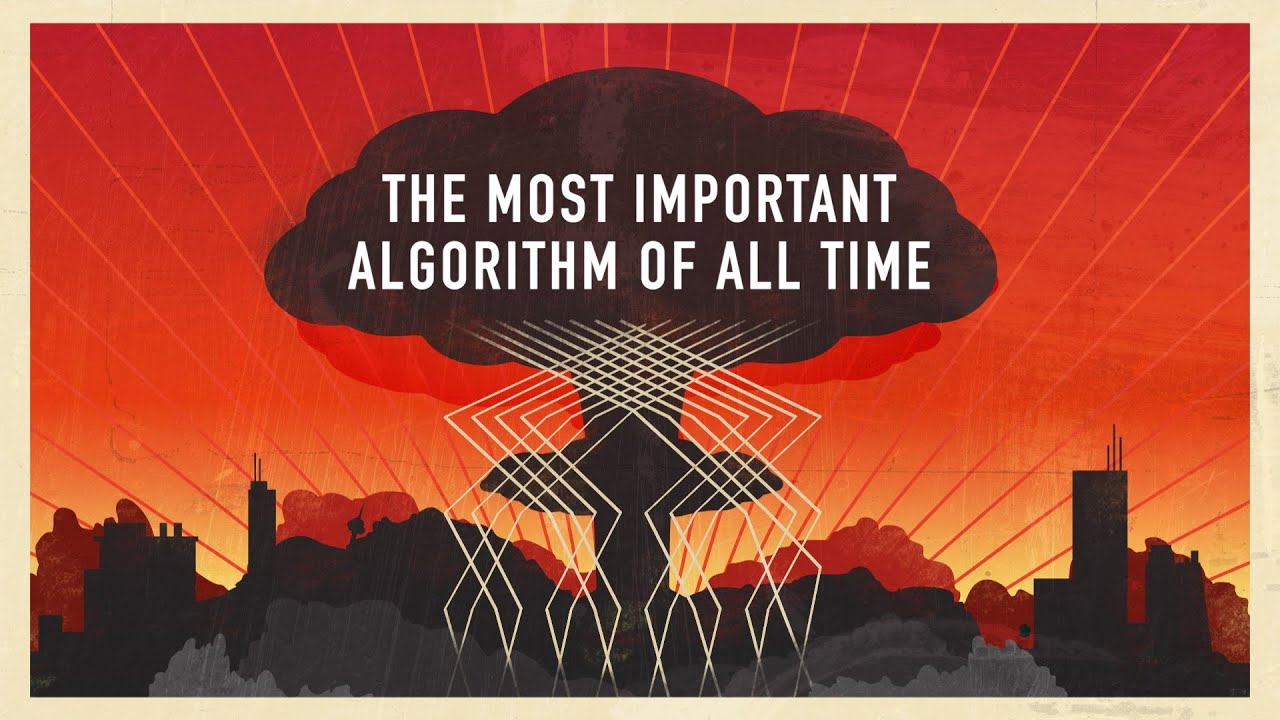That is a very interesting exposition of Fourier transforms. Thanks!
It would probably have been better without the Politically Correct fiction about how the nuclear arms race could have been stopped if someone had bothered to read what Carl Gauss discovered 150 years earlier. After all, human beings had been very proficiently killing each other for millennia before the discovery of nuclear reactions.
And our ancestors were even more effective in creating long-term negative consequences than merely spreading nuclear isotopes with their relatively short half-lives. After the Third Punic War, the Romans did not only destroy Carthage stone from stone, they plowed salt into the ground to make sure nothing would grow there. Who needs nuclear weapons to cause long-term devastation?
I think the point was that both of the major players in the nuclear arms race were willing to stop testing as long as they believed the other side would not cheat. They adopted bans on testing in the atmosphere, space, and undersea because they were confident their monitoring could detect violations of the ban. This was not the case with underground tests at the time. The eventual adoption of the Threshold Test Ban Treaty was an explicit acknowledgement that there was no way to verify below the specified lower limit, and only tests above it were banned. The use of FFT in seismic monitoring allowed setting this limit much lower than it would have been without it.
The obvious assumption there is that ONLY the US and USSR were capable of making nuclear weapons – which was a rather temporary situation. Canadian & UK scientists had worked on the Manhattan Project; they knew what to do. The French hated being shut out, and clearly planned to build their own nuclear weapons. Since then, China, India, Pakistan, South Africa, North Korea have built nuclear weapons – and countries like Japan, Israel, South Korea are probably only a few turns of a wrench away from being nuclear-armed.
Once the world knew that nuclear weapons were possible, it was inevitable that various countries would build their own – and test them. The idea that the US and USSR could have held back that inevitability through signatures on a sheet of paper was never going to work, except in the very short term. Just think about how rapidly drone technology has spread globally – to the point where Iranian drones and Israeli drones outperform US and Russian drones. If something can be done, then other people will do it.
Yes, but the U.S. and USSR had their own incentives to approve a treaty banning or limiting the scope of weapons testing, regardless of how it affected other aspirants to nuclear status. By the time the various test ban treaties were signed, both the U.S. and USSR had highly-evolved and optimised nuclear weapons and were unlikely to gain much by continued testing. Testing was, however, very expensive, and it was difficult to discontinue when its proponents could raise the spectre of the adversary leaping ahead through some new breakthrough. By mutually ceasing to test, they froze the parity in place and saved a lot of money which could be used for other priorities such as conventional forces or a blue water navy. New nuclear weapons states who might ignore the treaty were starting from a technological base far behind the two leaders and would take decades to catch up, even if the leaders weren’t testing.
